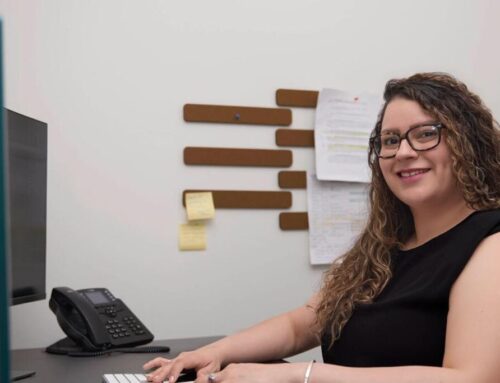For most people, when they think of estate planning, they think of planning for death, which is part but not everything. An entirely different subcategory is planning for Medicaid eligibility or avoiding excessive nursing home expenses and we will address that in a future video. But for now, let’s concentrate on why we plan and how we plan for death. Hopefully, you have accumulated a substantial estate by which we simply mean your assets, whether it’s land, houses, stocks, bonds, other investments, OR old-fashioned cash is STILL quite good.
While you’re alive, you manage your estate and if you decide to sell something, you sign the legal documents. Planning for your death is planning who has the ability to sell your stuff and who is it going to go to. Since you’re not available, for example, to sign a deed, who will sign it for you? A will or a living trust does these fundamental things to transition your control of your assets to somebody else. The basic choice to be made in planning is whether to use a last will and testament only or to also use a revocable living trust. We’ll address that choice in a future video, but in either case, what we are trying to solve is who will have control of your assets in case of death or disability.
This material has been prepared for informational purposes only, and is not intended to provide, and should not be relied on for, specific tax, legal or accounting advice. We can only give specific advice upon consulting directly with you and reviewing your exact situation.





